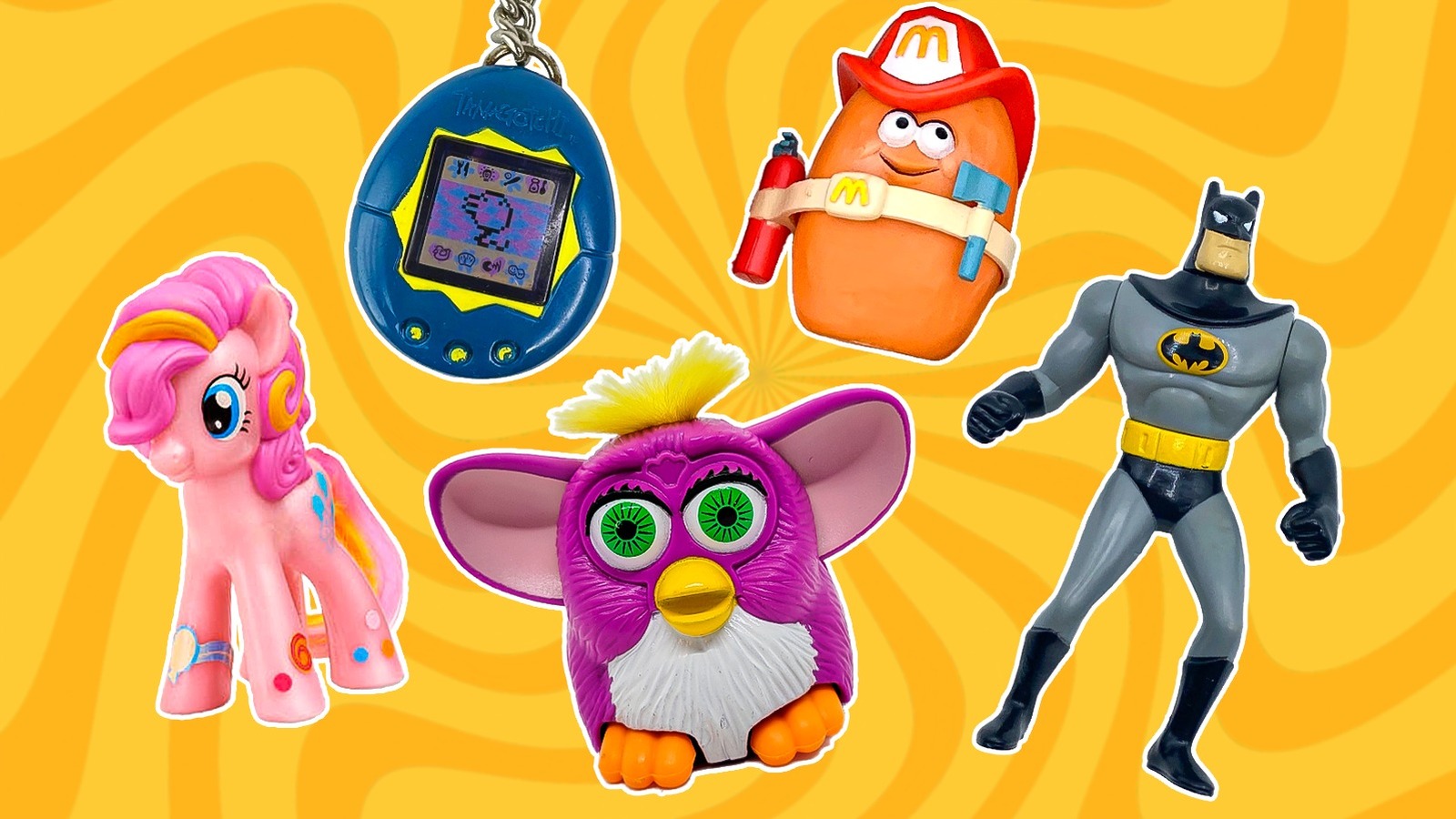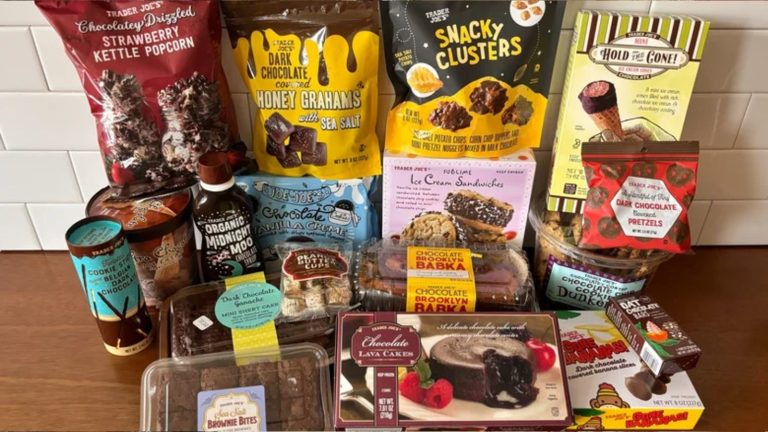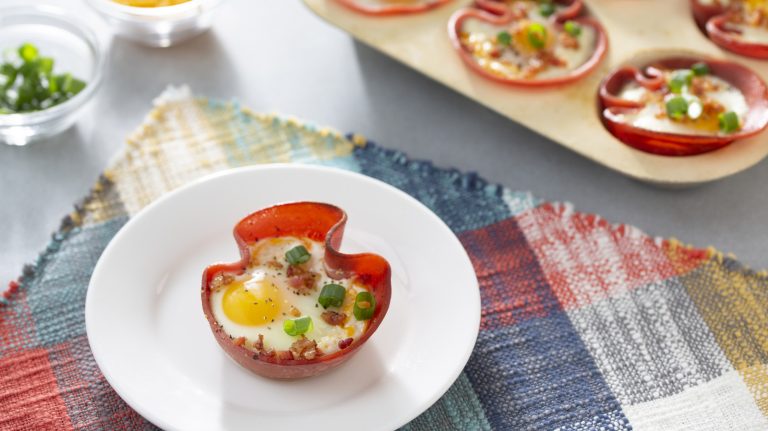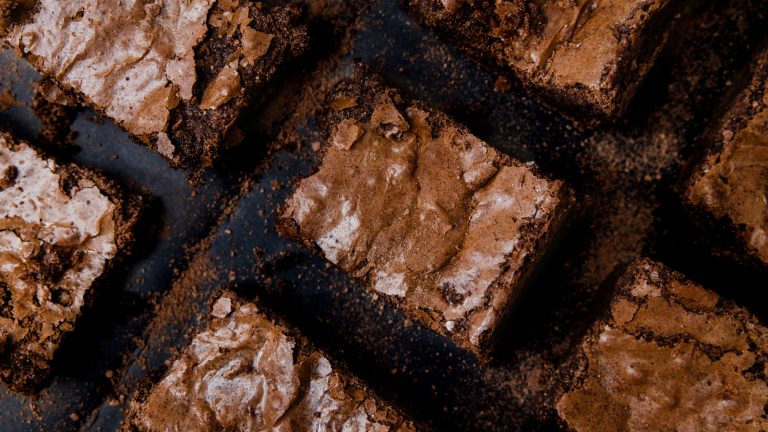For millions, there is a lot of nostalgia behind the McDonald’s Happy Meal. The story of this boxed treat begins back in the 1970s with a question of marketing. Specifically, marketing to children. Convenient, affordable, and delicious, fast food plays a role in our day to day lives, and did so even in decades past. And as any good marketer knows, it’s best to cultivate and build brand loyalty from an early age, which brings us to the Happy Meal.
Bob Bernstein worked at an ad agency that partnered with McDonald’s for several years prior to the birth of one of the most iconic kid’s meals of all time. His focus was on children’s marketing and he saw firsthand how brands like Burger King — with its eponymous “King” character and free gifts — were honing in on McDonalds’ audience. Following a little inspiration from the way his son engaged with his cereal box, Bernstein and his team pitched a kids meal box and in 1979, the Happy Meal was born. Today, Happy Meals sell over a billion boxes a year, but back then, McDonald’s corporate wanted to start small to see the impact.
McDonald’s may have reduced toy promotions to kids, but the fast food giant was once among the biggest toy distributors in the United States, working with major brands like Mattel and Disney to pump out toy after toy. These toys are so popular that many have become collector’s items worth way more than you think. Here are some of the most nostalgic-inducing toys from the ’90s.
The Jungle Book
Before it became a classic for The Walt Disney Company, The Jungle Book was a collection of stories written by author Rudyard Kipling and published in 1894. It told the story of an Indian boy, Mowgli, who was raised by wild animals in the jungles of India. Baloo, Shere Khan, and Akela — a bear, Bengal tiger, and wolf, respectively — all played major parts in young Mowgli’s life. How it got to Disney began in 1963 when Walt Disney obtained the story’s rights. Some of the darker notes from Kipling’s book were removed and the characters’ positive interpersonal relationships became the central focus for Disney’s softer audience.
The Jungle Book was the last feature film that Walt Disney had a hand in making before his death in 1966, a year before the movie was released. Fast forward to the 1990s and many Disney movies, alongside other animated films and television shows, got the miniature toy treatment. For the 30th anniversary of The Jungle Book’s release, McDonald’s released a collection of figurines that featured characters like Mowgli, Kaa, Baloo, and King Louie.
Furby
Furbys are hard to explain. Not quite animals but not quite alien, Furbys had bulbous, blinking eyes and beaks that opened and closed. Creators Dave Hampton and Caleb Chung designed Furbys to be companions and while the toy was often a hit with kids, parents had a different point of view — perhaps because the first iterations of the toy didn’t have an off switch, save removing the batteries. However, people seemingly couldn’t get enough of the creatures. During the 1998 holiday season, resellers hawked them for upwards of $100, over 180% the original $35 price.
Some 40 million Furbys were sold in three years, so it was no surprise that McDonald’s capitalized on the success of the toy in 1999. In total, there were 80 plastic figurines that kids could potentially get in their Happy Meals, all based on the Furbys from 1998.
Batman: The Animated Series
Before Marvel, there was DC Comics. Founded in 1934 — five years before Marvel— DC produced superheroes like Superman, The Flash, Wonder Woman, and Batman. Since Batman’s creation in 1939, there have been dozens of adaptations of the character from film to television and even podcast. In the ’90s, animated films and TV were incredibly popular with younger age groups, and Batman: The Animated Series helped bring to life the Caped Crusader and his sprawling home of Gotham City.
The show premiered in 1992 and earned several Emmys after running for two seasons over three years. In 1993, McDonald’s featured the show’s characters and vehicles in its Happy Meals. Figurines of Batman, Batgirl, Two Face, and Catwoman were joined by collectible vehicles with Robin, Poison Ivy, the Joker, and the Riddler inside. Promotions for the partnership even featured animated versions of Batman and Robin heading to the Gotham City McDonald’s to save the day from their nemeses.
McNugget Buddies
Fan of the McDonald’s McNuggets? Thank onions for that. Back in the ’70s, testers were working on Onion Nuggets for the golden arches and McDonald’s Chairman Fred Turner offered up an alternative: chicken nuggets. The McNuggets became available across the United States in 1983 — and went international a year later — and were so popular they became characters in commercials. In those commercials the McNuggets often wore costumes, which inspired the McNugget Buddies as Happy Meal toys for kids.
The first McNugget Buddies were included in Happy Meals in the late ’80s decked out in outfits including police officers, rockstars, firemen, and cowboys. All of the Buddies’ costumes could be removed and the 1992 Halloween set featured costumes like a mummy, ghost, vampire, witch, and Frankenstein’s monster. In 2023, McNugget Buddies were reintroduced in a special DJ Kerwin Frost Happy Meal promotion.
Inspector Gadget
The character of Inspector Gadget got its start in 1983 on the animated American television show Inspector Gadget. The show centered around a man — John Brown — who is critically injured in an accident and turned into a cyborg — Inspector Gadget — and the missions he’s sent on by his boss post-accident. Gadget’s incompetence and the ensuing hijinks drove the show along with the contrasting wits of his niece, Penny. In 1999, Disney released a live-action film of the same name starring Matthew Broderick.
McDonald’s sold its Inspector Gadget toys in the same year as the film’s premiere. The Inspector Gadget action figure came in eight separate pieces requiring families to get Happy Meals again and again to collect the full figure. Once assembled, the Inspector Gadget figurine had articulated arms, a working watch belt, an arm grabber, arm water gun, and siren hat.
Barbie Mini’s
Ruth Handler and her husband Elliot founded toy company Mattel in 1945 alongside friend Harold Matson. The team designed and produced the Magic 8 Ball and Uke-A-Doodle before debuting one of the most famous toys of all time — the Barbie doll. Barbie was introduced in 1959, named the Handlers’ daughter Barbara. The goal? Create a doll that teaches young girls that they can be anything. From basketball players to tour managers and astronauts and doctors, over one billion Barbies have been sold since the ’50s.
Throughout the ’90s, Mattel partnered with McDonald’s to put miniature collectible Barbies in Happy Meals based on real full size Barbies sold in stores at the time. In 1991, that included Hawaiian Barbie and Happy Birthday Barbie and 1992 featured Rollerblade Barbies and Sun Sensation Barbie to name a few. Barbies have featured in Happy Meals as recently as 2023.
My Little Pony
My Little Pony was a horse lover’s dream in the children’s toy world. Created by Bonnie Zacherle, Charles Muenchinger, and Steve D’Aguanno and put into production by mega toy company Hasbro, the toys featured colorful manes and bodies alongside unique markings (in the same vein of Care Bear symbols). The toys eventually grew beyond simple handheld playthings and evolved into television series and movies through the ’80s, ’90s, and 21st century.
The first generation of My Little Pony toys sold in Happy Meals came in the 80s and the second generation landed in 1998 with three ponies. The characters differed depending on the location of the McDonald’s franchise with Sundance and Ivy being offered in the U.S. and Sun Sparkle and Sweet Berry available to those in the U.K. and France. Some even came with accessories like castles, a hot air balloon, and a pink carriage house.
Teenie Beanies
Ty Warner founded Ty Inc. on the idea that affordable stuffed animals should be more readily available. In 1993, Ty launched Beanie Babies. Floppy and handheld, Beanie Babies were poseable thanks to the plastic beads inside and very cute in their simplicity. Two years later, toys were retired at the height of their popularity, triggering the great Beanie Babies frenzy. Today, Beanie Babies go for hundreds of thousands of dollars.
McDonald’s banked on the sensation in 1997, introducing Teenie Beanies to the Happy Meal toy lineup. Teenie Beanies were smaller versions of Beanie Babies and still made from fabric unlike many of the plastic toys McDonald’s normally pushed. Restaurants couldn’t keep them in stock and resellers snapped the toys up in droves.
Tamagotchi
Who needs a real pet when you have Tamagotchi? That was the thinking behind the handheld toy that brought to life digital animals that had to be fed, disciplined, and loved throughout their life cycles. As with a real pet, neglect had a negative effect on the techno pets. People bought into it, some more seriously than others, resulting in Bandai selling over 82 million units through 2023.
Tamagotchi keychains were included in Happy Meals in 1998, shortly after the gadgets debuted in the United States in 1997. The Happy Meal toys featured a similar exterior to the egg-shaped Tamagotchis but didn’t have the technology. Instead, the familiar shape housed a character keychain. To celebrate the 40th anniversary of the Happy Meal, McDonald’s released new Tamagotchi collectible toys in 2019.
Animaniacs
“The Animaniacs” came about thanks to “Tiny Toon Adventures”, an animated Warner Bros. show that was so popular executive producer Steven Speilberg asked for a follow up. Through several iterations, the team created the three Warner siblings — Wakko, Yakko, and Princess Angelina Contessa Louisa Francesca Banana Fanna Bo Besca the Third, better known as Dot. “The Animaniacs” was a hit with kids when it premiered in 1993 and the more mature humor was appreciated by parents.
In 1994, McDonald’s promoted the Animaniacs in Happy Meals with eight potential toy options for kids to get. Each toy was vehicle including Dot’s Ice Cream Machine, which “served” ice cream as it moved, and Yakko Ridin’ Ralph. The commercial promotion of the toys featured the animated characters in the real world, interacting with customers and the different McDonald’s mascots like Ronald McDonald and the Hamburglar.
Mighty Morphin Power Rangers: The Movie
Live action superheroes were all the rage in the ’90s with “Blade,” “Batman Returns,” “Teenage Mutant Ninja Turtles,” and “The Green Hornet.” For kids, the Power Rangers were admired and revered as the Avengers in the Marvel Cinematic Universe are today. Heavily inspired by Super Sentai, a Japanese program — entire plot lines were adapted for U.S. audiences — it’s thanks to creator Haim Saban and his team for getting the Power Rangers off the ground in the United States.
The show was popular with kids and eventually resulted in “Mighty Morphin Power Rangers: The Movie” in 1995. An alternate retelling of the Power Ranger show, the movie took familiar characters and added new storylines and details. The tie-in toys at McDonald’s had two sets — one with tactical gear like sirens and communication devices and the other with the six Power Rangers.
Sky Dancers
The Sky Dancer toys debuted in 1994 before a full rollout across markets in 1995. Toy maker Galoob took what was traditionally seen as a male toy — flying objects — and made it more feminine with the characters designed to look like graceful, spinning ballerinas. The toys’ enduring popularity launched the “Sky Dancers” animated series in 1996. The story followed five students at the High Hope Dance Academy under the tutelage of Queen Skyla.
McDonald’s sold four miniature versions of the Sky Dancers in Happy Meals in 1996. The mini versions worked similarly to the larger versions using a lever that triggered the figurine’s arms to open up and spin. Characters featured in the Happy Meal’s included Swan Shimmer and Flutterfly, but none of the toys spun into the air. Instead they remained attached to its attached base.
Dinosaurs
Buckle up because we saved perhaps the strangest for last. “Dinosaurs” was a sitcom series that ABC broadcast starting in 1991. It featured a typical nuclear family — mother, father, their two children, as well as a grandmother — living life and facing challenges that many families face like body image, peer pressure, and the struggles of parenting. That all sounds like a typical family comedy if not for the fact that the characters are prehistoric anthropomorphic dinosaur puppets.
Jim Henson, father of “The Muppet Show,” developed the premise prior to his death. The show touched on more serious topics like racism, climate change, war, politics, and human rights. Despite this, “Dinosaurs” still had Happy Meal potential — McDonald’s released a set of six figurines with a push-button feature that made them move.





